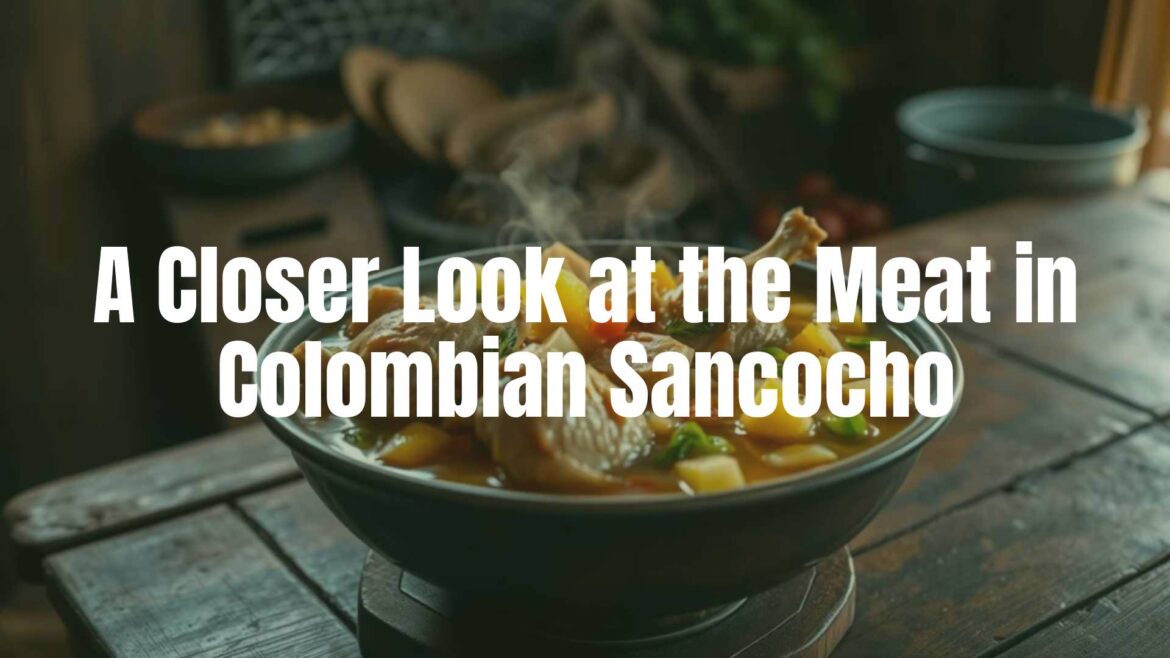Delving into the Meats of Colombian Sancocho
Sancocho stands as one of Colombia’s most beloved dishes—a hearty, comforting stew rooted in family traditions and regional diversity. While the dish itself always features a soothing broth and a blend of local vegetables, the choice of meat sets the tone, flavor, and cultural context for each variation of Colombian sancocho.
The Role of Meat in Sancocho
Meat is integral to authentic Colombian sancocho, contributing both rich flavors to the broth and textural contrast within the stew. The type of meat used depends largely on regional customs and ingredients available, but certain choices have become classics over generations. Whether prepared for a communal meal in the countryside or a festive gathering in the city, the meat is often the centerpiece of the sancocho experience.
Traditional Meat Choices
Colombian sancocho can be made with various meats, each imparting its own character to the dish:
- Chicken (Pollo): Perhaps the most widespread option, chicken sancocho is light yet deeply flavorful, often highlighting the quality of free-range poultry.
- Beef (Res): Cuts like short ribs or beef shank are favored for their ability to impart robust flavor and tender texture as they cook slowly in the broth.
- Pork (Cerdo): Pork ribs or chunks are another popular alternative, sometimes combined with other meats to create a layered flavor profile.
- Fish (Pescado): In Colombia’s coastal regions, fresh local fish becomes the main protein, resulting in a lighter, aromatic stew.
- Mixed Meats: Some of the most celebrated sancochos feature a blend of two or more meats, such as “trifásico,” which may include chicken, beef, and pork for a truly hearty meal.
Regional Diversity in Meat Selection
Colombia’s geographic and cultural variety leads to distinct regional preferences for sancocho meats. Along the Caribbean coast, fish is often the star, while inland populations might favor beef or chicken. In the Valle del Cauca area, a combination of meats is typical, while Antioquia’s sancocho often leans toward a robust beef base. These local distinctions are a reflection of both available resources and evolving culinary traditions.
Preparation and Serving Customs
For sancocho, meat is typically cut into generous portions, bone-in for maximum flavor. It simmers slowly with root vegetables, plantains, corn, and spices until both meat and broth reach a rich, savory harmony. When served, each bowl includes a share of tender meat, enhanced by citrus or fresh herbs. The stew is frequently accompanied by white rice, slices of avocado, and sometimes a side of ají, a spicy Colombian sauce.
Frequently Asked Questions and Tips
- Can I use more than one type of meat? Absolutely—mixing meats is traditional and brings layered depth to the broth.
- What beef cuts work best? Choose cuts with bone and some fattiness, like short ribs or shank, which enrich the stock and become tender during long cooking.
- Is sancocho always made with animal protein? While most traditional versions contain meat or fish, some modern households adapt the recipe for vegetarian diets, though these are less common.
- Why are bone-in pieces preferred? Bones contribute gelatin and flavor, resulting in a heartier, more satisfying broth.
Cultural Context and Gatherings
Beyond its culinary appeal, sancocho represents togetherness and celebration in Colombian culture, with the preparation of meat and stew often becoming a collective activity. Whether cooked over a wood fire during a countryside retreat or slowly simmered in an urban kitchen, sancocho’s meaty heart remains a powerful symbol of home, heritage, and shared joy.


